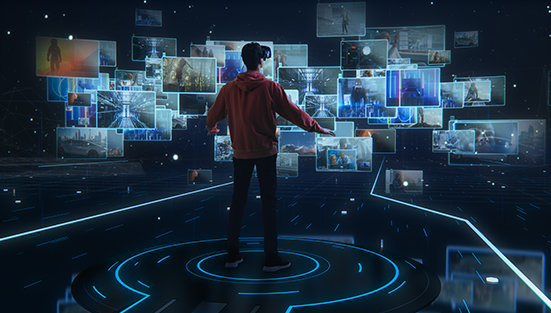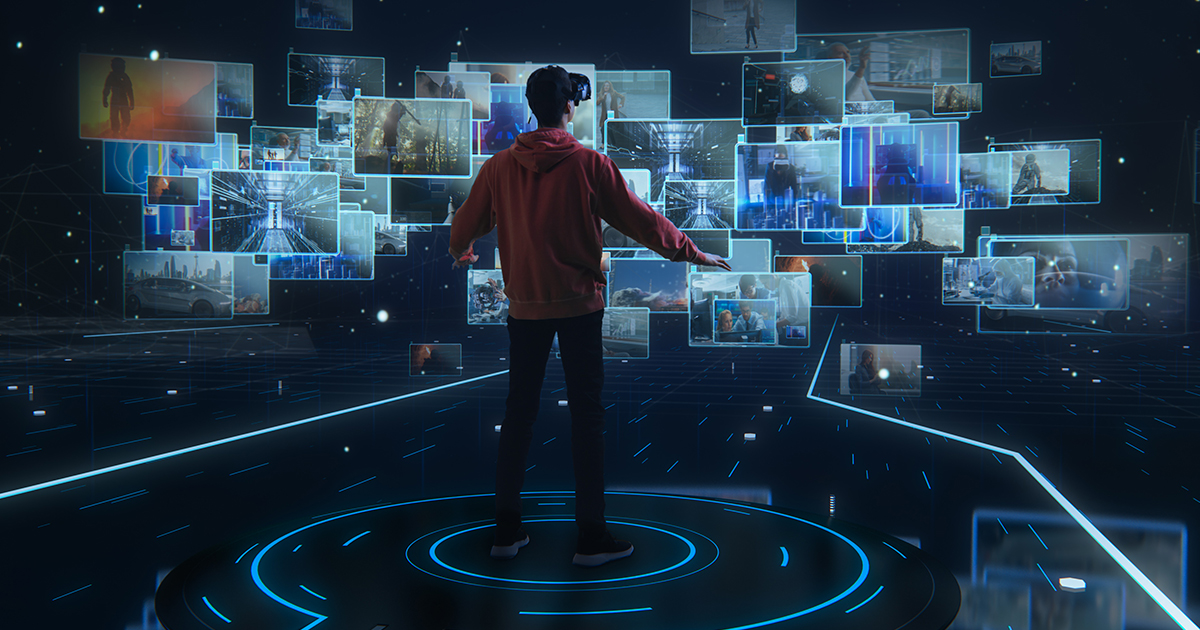From therapy to content creation, AR/ VR technology shows the way forward
AR & VR democratizing virtual reality treatments for therapists and patients around the world
The World Health Organization has reported that one in four people in the world will be affected by neurological or mental disorders at some point in their lives. Around 450 million people currently have such conditions.

Considering that mental disorders are among the leading causes of ill-health and disability worldwide, VR technology is a welcome additional treatment. Studies have already shown that VR technology canease certain phobias, treat PTSD, help people with psychotic disorders experience less paranoia and anxiety in public settings, and reduce social anxiety. This is also known as Virtual Reality therapy.
Post-Traumatic Stress Disorder (PTSD) affects 7.7 million people in the U.S., and one in three people who experience a traumatic event will have PTSD. The symptoms range from insomnia to personality changes.
For years, Virtual Reality therapy has been used in clinics for the treatment of phobias and other mental disorders. Anxiety disorders affect at least 40 million people in the U.S (18.1% of the population) and cost the country $42 billion per year. Specific phobias affect about 19 million individuals in the U.S.
Psious is a VR tool for mental health professionals. The platform is democratizing virtual reality therapy for therapists and patients around the world by providing mental health professionals with animated and live environments they can use in their clinical practice. The various scenarios provided within the platform comprise over 50 resources (virtual reality and augmented reality environments, 360º videos, etc.) employed for the treatment of anxiety disorders, fears and phobias, as well as for the practice of mindfulness and relaxation techniques.
AR & VR democratizes special effects, turning everyday content creators into filmmakers
From ground and sky segmentation to turning us into anime and cartoon characters, 2020 was a significant year when it came to showcasing how AI can take AR technology, especially social AR to new levels. And the fact that AR projects can be created using sophisticated machine learning really speaks to the sophistication and growth we have seen in both of these spaces.
AI + AR is a powerful combination and in 2021 we will see more developers make use of dedicated machine learning models to make their filters, lenses, video effects and AR technology beyond social AR even more sophisticated. In turn, we will see content creators use these tools to create stories, videos and social posts which will be nothing short of a feature film–AI + AR will democratize special effects.

AI + AR will unlock more bespoke and dynamic AR experiences, marking a new generation of filters, lenses and video effects meant to be used for longer than 15 seconds encouraging deeper and meaningful storytelling with AR technology. This delivers immediate value to content creators, influencers and social media users by giving them new tools for their posts beyond traditional photo and video editing.
Interestingly enough, watching the posts and videos created with these AI + AR tools will feel like a sneak peek of what it might be like to experience the world through AR glasses when we begin to wear them on the regular.
“We took the heavy lifting and put it in the operating system and now the developer can focus on their passions - the board game, the space app and so on.”
Tim Cook
CEO of Apple Inc.
Contributed by CDAC Resource Centre


